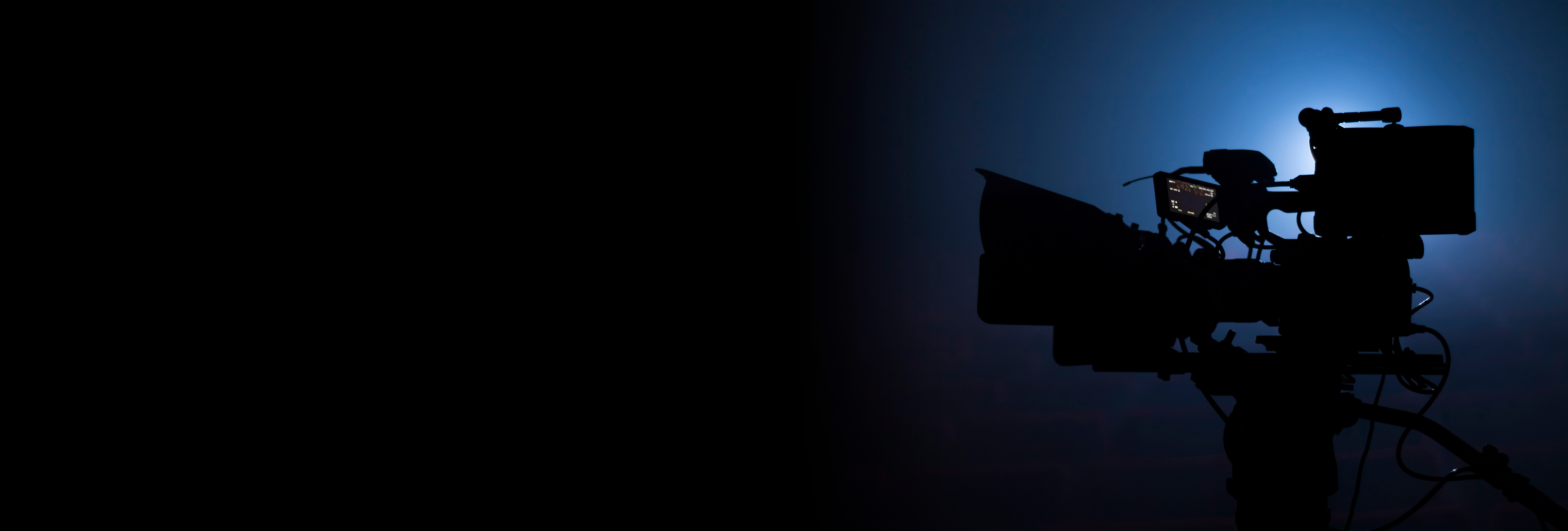Let’s face it. We’re visual people, and sound is always secondary when we are searching for that next awesome location. But what about sound? Sound is an equally important component to making your movie stand out.
Bad Sound = Amateur Hour
And we don’t’ want to sound like that.
Plan For Sound
Before you even start your scheduling process, be mindful of your plan to capture good sound. Take notice of the type of locations you are considering.
- Are they under an airport flight path?
- Are there construction projects nearby?
- Any barking dogs around?
All of these elements are helpful in determining the practicality of a location. A location not only has to look cool on camera, but sound cool as well.
ADR is a last resort
For all you aspiring Fellinis out there, relying on ADR (Additional Dialogue Recording) to save your film’s soundtrack is a recipe for disaster. Even though 90% of all movies use ADR at some point, even the big pros will tell you that ADR can cripple and actor’s performance, and take weeks to make it feel right.
The right equipment & the right people
Sometimes having both is impossible for us indie filmmakers. However, the positive news is that good audio gear is getting cheaper and more attainable. Using tools like the Zoom H1N, or TasCam external recording devices can be great low cost alternatives to recording multi track sound.
When it comes to microphones, Sennheiser, Rode, and Azden are some of the best pro-consumer brand for video production. they are not necessarily the cheapest, but you certainly get what you pay for.
Stay away from omni-directional mice (records sound from all sides of the mic) for dialogue. Instead, try to mix both a boom microphone and Lavaliere when recording your actor’s voice. If you aren’t ready to go the DIY route, look in your local film commission directory, and see if you can hire an audio person. Just keep in mind that most good sound techs are expensive.
It’s all in the Mix
Well, kind of. Having the ability to master and mix your film professionally is a huge benefit to the movie making process. Sound mixing is an art form, and it takes time and skill to achieve. Trying to mix audio yourself can be tricky, especially if you are under-geared and inexperienced.
Try to find a sound designer or mixer to help you. It’s also wise to include a professional early on, to help you plan for good sound. If you are unable to locate a sound mixing professional, look into programs such as Logic or Soundtrack Pro as a DIY option.
Just remember, starting with good sound recordings on set will help make your ending mix experience much easier.


